Durst sets 90-year milestone with new G3 platform at Labelexpo
Durst marked its presence at Labelexpo Europe 2025 in Barcelona by underlining its twin priorities of growth and innovation. As the South Tyrol-based company prepares to celebrate its 90th anniversary next year, it used the event to highlight a record of financial expansion, tangible progress on sustainability and the unveiling of its new G3 platform, which it describes as a milestone in digital label production.
17 Sep 2025 | By Noel D'Cunha
In India, Durst is represented by Chennai-based Newgen Printronics India.
Durst CEO Christoph Gamper opened the presentation by stressing that Durst remains privately owned, with no public listing or venture capital involvement. “We are a private company with EUR 422-million in sales revenue last year, 4,200 active installations worldwide, and more than 550 label presses in the field,” he explained. The business employs more than 1,150 people, holds around 300 patents, and operates through 33 subsidiaries, joint ventures and associated companies in 129 countries. Staff across the network speak 33 languages.
Revenue growth has been strong in recent years. The company reports a 70% increase between 2019 and 2024, during which it cut CO₂ emissions by 33%. The CEO emphasised that this is not cosmetic reporting. “Sustainability is not green painting, it is real improvement,” he states. He added that Durst aims for neutrality in future, although supply chain factors prevent it from controlling every link today. Next year the business will turn 90, which the CEO described as a milestone not just for the company but for the wider digital print community. “We remain a family company, here to stay,” he says, stressing continuity in an industry where ownership changes have become common.
The CEO also addressed the broader challenges facing the print sector. “The future of print is full automation with AI, robotics and workflows that go beyond machines or single pieces of software,” he noted. He pointed to geopolitical instability, shifting supply chains and resource constraints as forces that are shaping strategy. “It is difficult to navigate these waters. The long-term stability of print providers will depend on embracing automation and digitalisation.”
Thomas Macini, director for global sales labels and flexible packaging at Durst, set out the framework that guided development of the new G3 platform. “Every machine we design is guided by three words — simplicity, reliability and performance. This is what the market needs,” he states. He argues that converters no longer want digital presses limited to short promotional work.
“Label converters want digital to take on main production, not just promotional jobs. That means solutions must be simple to run, reliable in output and high in performance,” he says.
Macini described the G3 as the continuation of a cycle of innovation that began with the Tau 150, advanced with the Tau 330 and was consolidated with the RSC platform. “The G3 platform is a milestone for us. It continues the productivity leap we began with the Tau 330 and the RSC platform, but with a completely new foundation,” he says.
Martin Leitner, director for product management labels and flexible packaging at Durst, who followed with the technical detail, set out the features of the new press. “With G3 we offer two models: the Core, running 61-m/minute at up to 340-mm width, and the Peak, reaching 100-m/min at widths up to 510-mm,” he explains. Both machines print at 1,200x1,200-dpi and support UV or LED inks with an extended CMYKOVG gamut. Automation is a central feature. “We have automated setup for substrates and registration, so even challenging materials are handled with less waste and faster changeover,” Leitner says. This includes automatic registration and a redesigned user interface intended to simplify operation even for inexperienced staff. He points out that recruitment and retention of skilled operators remains a difficulty for many converters, so simplification is essential.
To reduce downtime, Durst has developed a material edge protection system that combines mechanical and software controls. “It helps eliminate the risk of damage to printheads, cutting service interruptions,” Leitner explains. Printheads are reliable but remain a potential failure point, so reducing the likelihood of physical or electrical damage was identified as a priority. In addition, the G3 incorporates the Hawkeye inspection system, which uses AI to correct and compensate for defects on the fly. “Our Hawkeye inspection, based on an AI model, corrects and compensates on the fly, pushing print reliability to new levels,” Leitner says.
Durst also drew attention to the configuration flexibility of its hybrid platforms. Converters can integrate up to six flexo stations, offset or screen printing units, and advanced die-cutting modules. Leitner explains that this allows converters to tailor presses to specific brand contracts and then reconfigure them if requirements change. Improved register control between conventional and digital units, along with higher automation in die-cutting, extends the flexibility of hybrid production.
Both executives stressed that Durst is now building a digital ecosystem that extends beyond machines. ERP integration, webshops, colour management, ripping satellites and analytics are part of the package. Leitner described a case where an American customer is already printing around 75-km a week of variable data labels, with volumes doubling every few months. “The machine can print fast, but the software environment needs to grow too,” he says. To handle this, Durst is decentralising ripping and adding rendering satellites to speed workflow. Durst has invested in more than 100 software engineers and is expanding services such as customer success management, which delivers project-based support for individual converters. New software tools include Durst Insights, which enables operational data tracking, giving managers visibility of downtime causes, operator performance and overall productivity.
Carbon footprint certification is now available across all Durst digital presses, giving converters documentation of the emissions associated with labels over a machine’s lifetime. “Brands are starting to ask, what is the CO₂ footprint of that label?” Martin explains. “We go back to our suppliers to acquire the data on inks and machines, so we can provide customers with the full picture.” Durst acknowledges that most emissions occur during the operational life of machines, which is why features that reduce waste, increase speed and improve reliability are seen as central to sustainability.
Summing up, Leitner describes the overall direction. “The mission is clear — to lead the conversion from conventional to sustainable digital label production,” he says. For Durst, the Labelexpo showcase was not only about announcing a new platform. It was also about setting out a vision of how digital production, automation and sustainability will converge. With 4,200 digital press installations worldwide, nearly a century of family ownership, and a new technology foundation in the G3, the company is positioning itself as a long-term player in shaping the label sector.


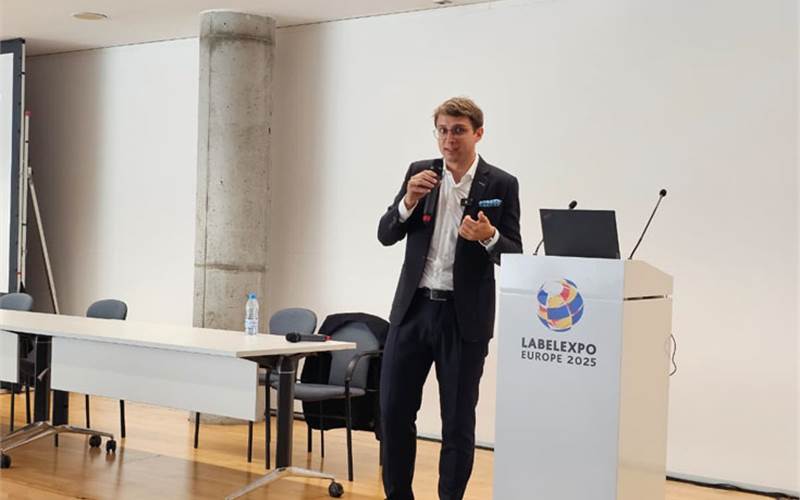





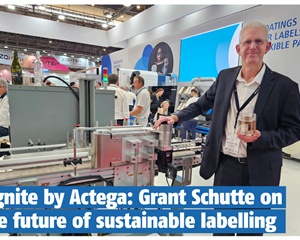
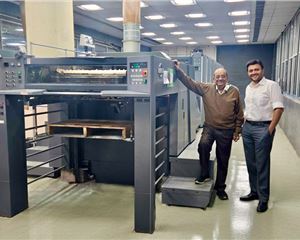
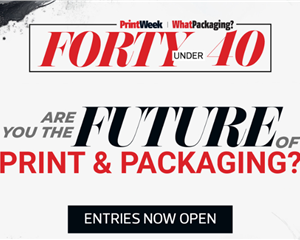
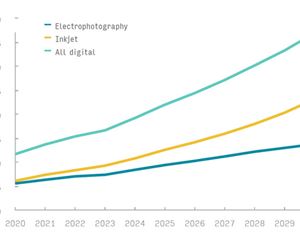
 See All
See All